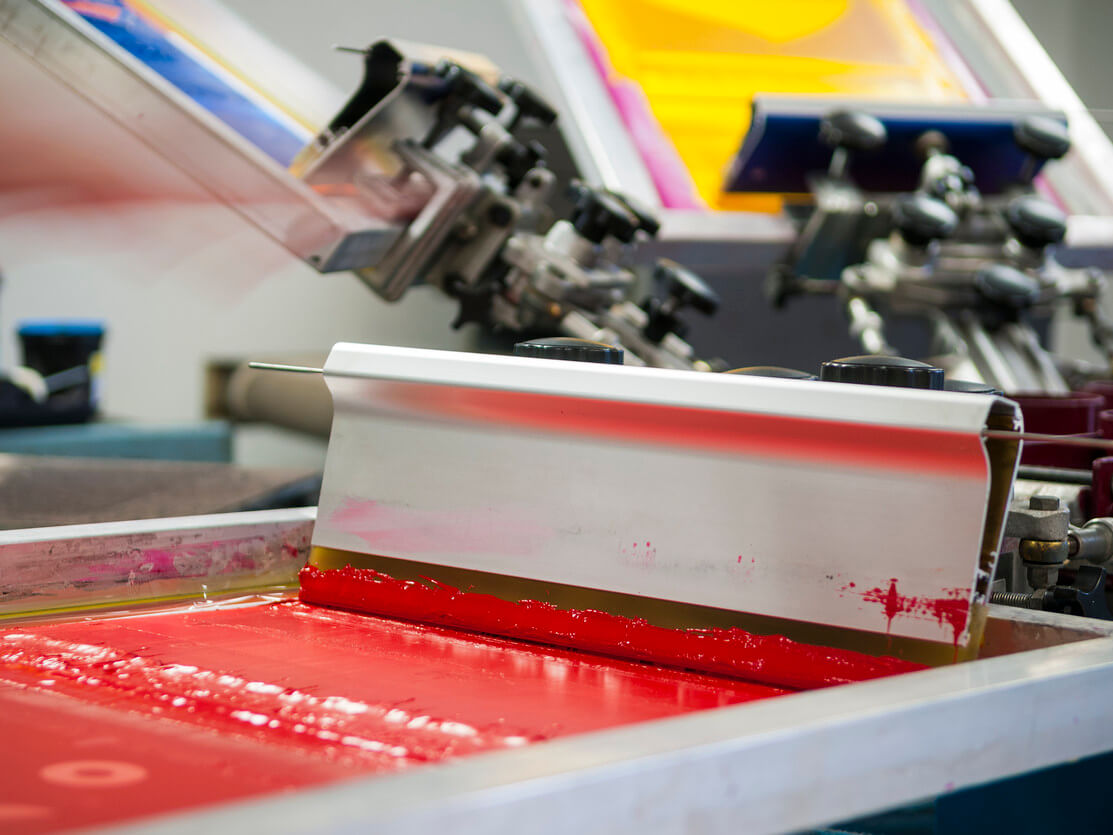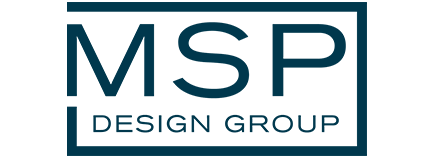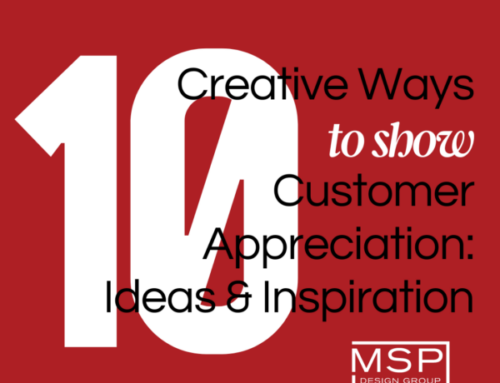
The world of printing has many fascinating terms. There are plenty of printing terms you should know. We have compiled all the most important printing terms you should know in one convenient place!
Artwork: This is the general term for any images or logos used to create the design.
Batch Production: This is the term for when you will print several items in a run. A batch can be any size to accommodate the scope of the project, from 10 to 1,000.
Belt Oven: This is a special tool used to cure a printed t-shirt. Made of several infrared heat panels, this belt heats the ink up to 330 degrees Fahrenheit to cure the ink.
Binding: Binding is what holds the pages of a notepad, brochure, or other printed material with multiple pages together.
Bleeding: The name for when a color migrates or bleeds outside of where it was intended to be placed such as leaving the lettering and entering the general area of a t-shirt. It can also be applied to when two colors overlap and bleed into one another.
Butt Registration: The butt registration, also called just the butt, is where the edges of two printed colors of different tones line up edge to edge without overlapping.
Choke: This technique refers to reducing the size of a color printed first by covering it with another color to create overlapping edges.
Color Composite: The term for a full-color rendition of the desired artwork the way you want it to appear in the final product.
Coverage: Coverage is the amount of ink laid onto a t-shirt when screen printed.
Crest: The name used for a design printed over the heart area of the tee.
Cristalina: This is a specialty flake of plastic or foil that is used to create glitter ink for special printing jobs.
Cured Emulsion: This is the chemical process in which a design is exposed to light and made insoluble to water.
Cured Ink: This is the term for ink that has been put through the oven set at 330 degrees Fahrenheit to help bond the ink to the fabric.
Digital Printing: Digital printing is printing that pulls images from a digital source rather than using plates to create the image.
Dot Gain: When a printed dot enlarges from the desired or original size as a result of excess ink around the stencil, this is called dot gain.
Durometer: This is a standard measure of the harness of a fabric.
Dual Durometer: A special tool in the form of a squeegee with two different durometer squeegees sandwiched together in one.
Dye Mesh: A special mesh fabric that is tinted to help reduce the transmission of light.
Embossing/Debossing: A technique used on paper promotional items, embossing is when there is a raised effect on lettering whereas debossing is when there is an indent.
Emulsion: The use of a light-sensitive chemical applied to the screen during the printing of fabrics.
Emulsion Remover: The process of removing the emulsion chemicals from the machine when you want to work on a task not in need of emulsion. This is a special chemical remover to clean the work surface or stencils.
Exposure Latitude: A term for the range of exposure that will create a usable stencil outline for screen exposure process techniques.
Extenders: These are special chemicals found in certain inks that play a role in helping to smooth texture out and reduce opacity without interfering with the design.
Fibrillation: When a printed fabric is washed and the underlying fibers break through the print of the design, this is called fibrillation.
Flash Cure: This is the process where a printed fabric is exposed to a heat source of a lower temperature than the belt oven. This temperature is just enough to dry the ink to the touch.
Foiling: Used on printed projects, foiling is the use of a metallic foil on a design or lettering to give it a shiny appeal.
Frame: A tool, usually a metal or wooden rectangle, that is used to stretch mesh in a firm position.
Ink Degrader: This is the name for an ink solvent that is used for breaking down ink before a reclaiming process.
Ink Well: While you may think of this as a literal ink well used to hold ink, it is actually the side of the screen where the ink is placed when printing on fabrics.
Outline: The outline is the line surrounding the inner fill of one or more colors.
Quiet Zone: Used when talking about printed items, the quiet zone is the area where there are no words near the edges of a sheet. This ensures a clean, professional look and leaves room to correct for bleeds.
RIP: This is a commonly used abbreviation for raster image processing. RIP refers to the software designed to maximize the output of a digitally produced image without losing the image quality.
Substrate: This is the name for the item being screen printed on. The side of the screen that comes in contact with the substrate is called the substrate side.
Trim: Trim is the name for the line cut used to produce the final size. This trim is like an extra measure to allow you to cut through any bleed area.
Washout Booth: The washout booth is the area where screens are washed after a print job to make sure they are clean for the next project.




